Overview: LM317 Adjustable Voltage Regulator Module
The LM317 Adjustable Voltage Regulator Module is a compact, versatile solution for stable DC voltage in electronics projects. Designed for hobbyists and professionals alike, it provides precise adjustable output voltage and built-in protection features to keep your circuits safe and reliable.
Key Features and Specifications
- Adjustable Output Voltage: 1.25 to 37V adjustable output via a single potentiometer for quick tuning.
- Current Capability: Up to 1.5A output current with adequate heat sinking.
- Protection: Thermal shutdown and current limiting prevent damage from overheating and overloads.
- Compact Design: Small form factor for easy integration into tight spaces and project enclosures.
- Stable Performance: Maintains a consistent voltage for power-sensitive applications.
Why Use the LM317 Module?
This module gives you control over voltage for a wide range of electronics tasks. It is an economical choice when you need a reliable, adjustable power source for experiments, prototypes, or permanent builds.
Benefits
- High flexibility for many applications due to the wide voltage range.
- Reliable operation with built-in protection features.
- Low cost compared to many specialized regulators, making it ideal for learning and production.
Real-World Applications
- DIY Power Supplies: Build adjustable bench or project power supplies for testing and development.
- Arduino and Microcontroller Projects: Provide a stable, adjustable voltage source for boards and sensors.
- Battery Charging: Implement controlled charging circuits where precise voltage is required to avoid overcharging.
- LED Drivers: Regulate voltage for LED arrays and lighting projects to ensure consistent brightness and longevity.
- General Electronics: Power RC circuits, sensor modules, and hobby devices with predictable performance.
How to Use the LM317 Adjustable Voltage Regulator Module
- Connect a suitable DC input source to the module input. Ensure input voltage is at least 3V higher than the desired output to account for dropout voltage.
- Adjust the output voltage using the onboard potentiometer while measuring with a multimeter.
- Connect the module output to your device or circuit, confirming the voltage and polarity before powering sensitive components.
- For currents approaching 1.5A, attach an appropriate heat sink and ensure adequate ventilation to avoid thermal shutdown.
- Use the module within its specified voltage and current limits to maintain safe operation.
Installation Tips and Best Practices
- Always start with the power off when wiring the module to your project.
- Use a multimeter to verify output voltage before connecting sensitive electronics.
- Provide adequate heat sinking when drawing higher currents to prevent thermal limiting.
- If using for battery charging, implement appropriate charge control and monitoring to protect battery life and safety.
- Keep wiring short and use decoupling capacitors where needed to reduce noise and improve stability.
Safety Notes
- Do not exceed the module current and voltage ratings; sustained overloads will trigger current limiting or thermal shutdown.
- Observe correct polarity when connecting input and output to avoid damaging the module and attached devices.
- When working with higher voltages, take standard electrical safety precautions and isolation as required.
Note: Images are for illustration purposes only.

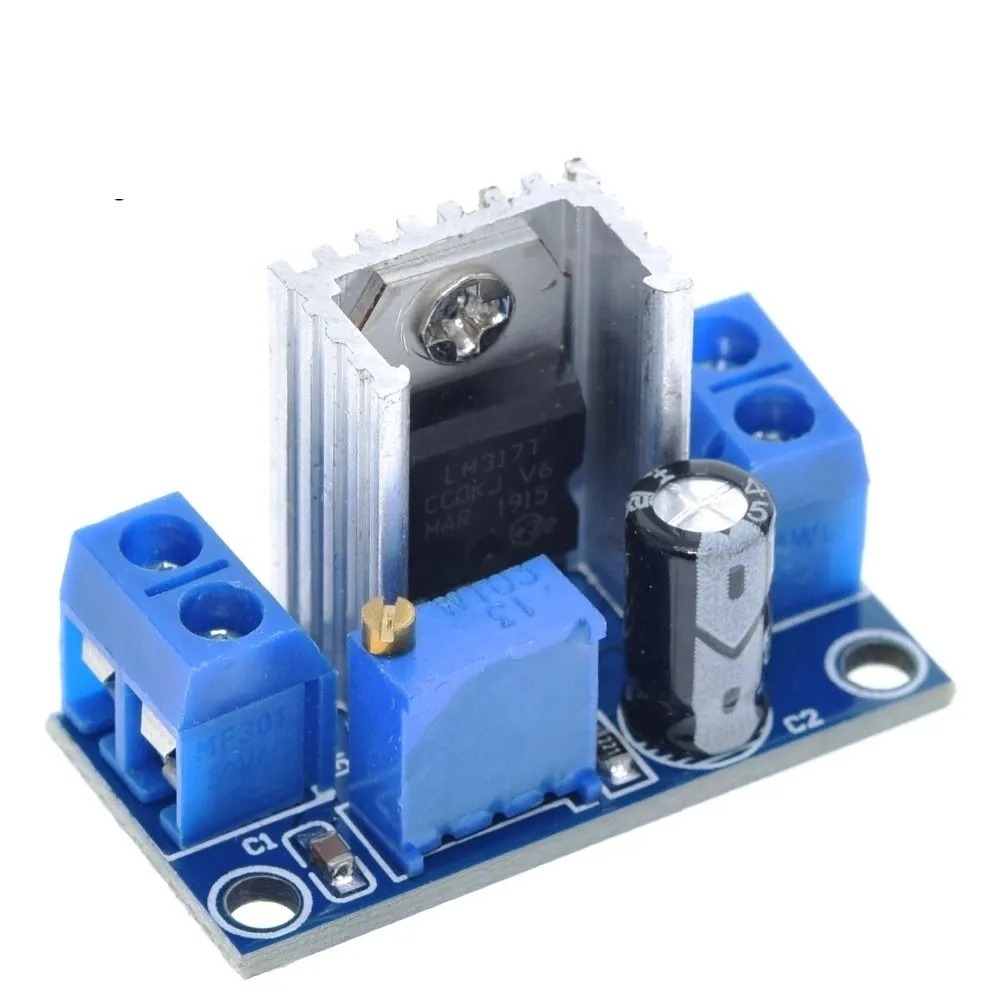
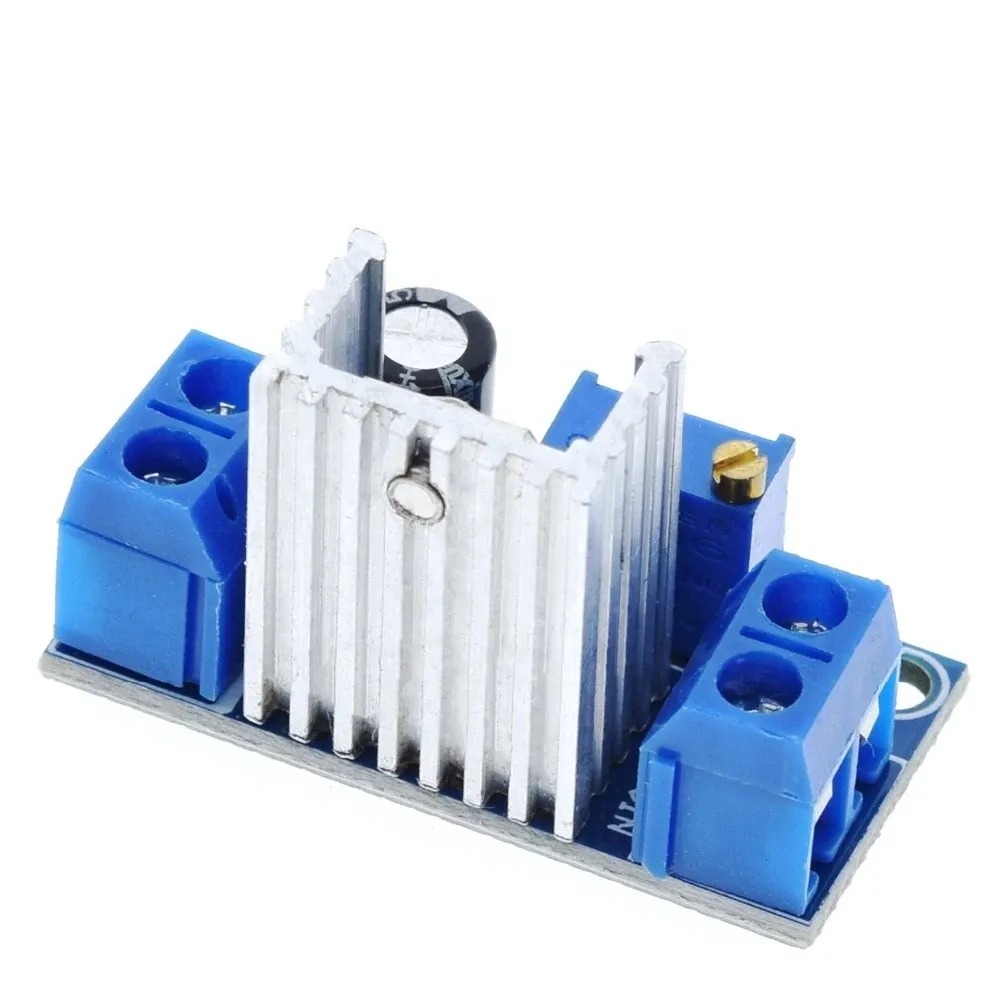
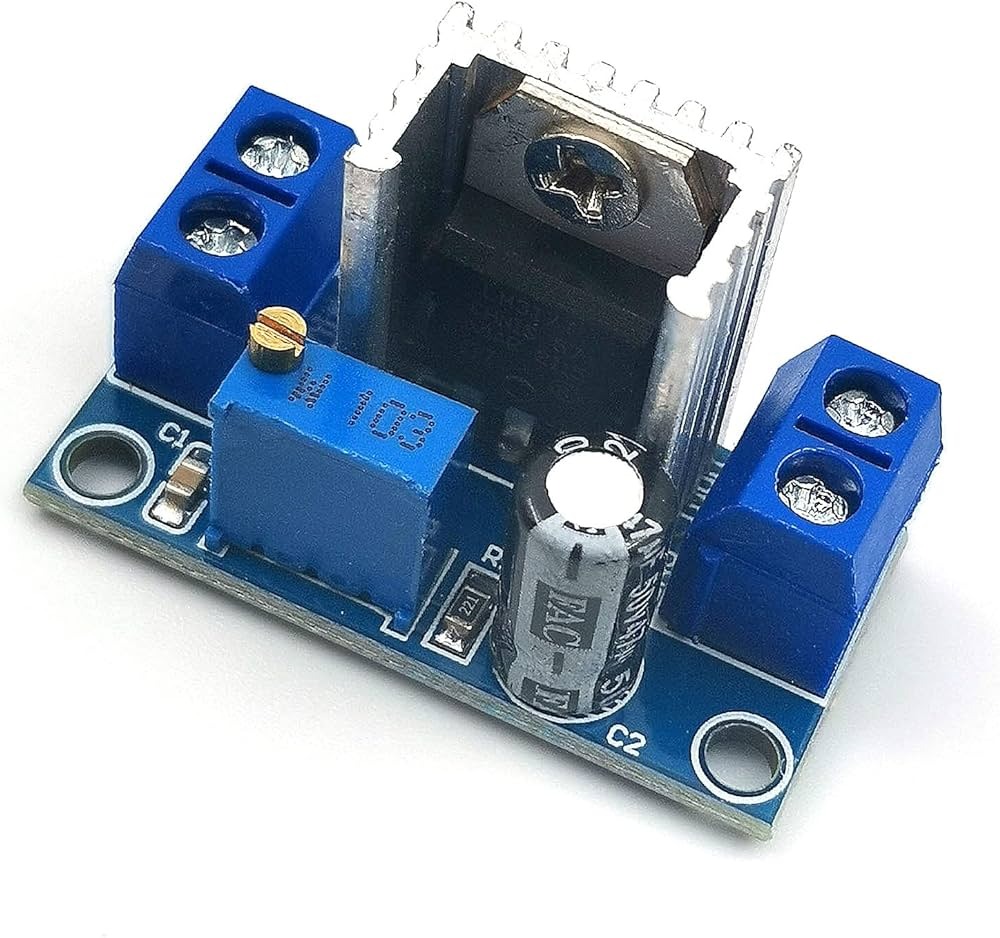

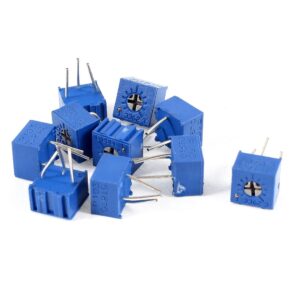
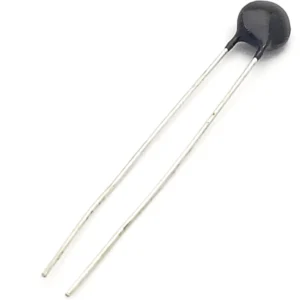
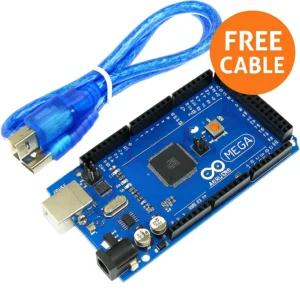
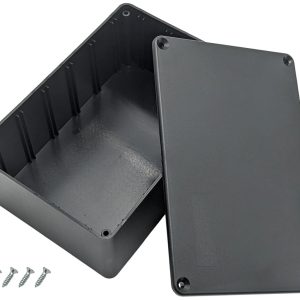
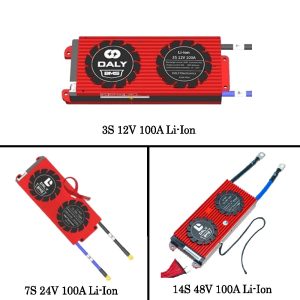
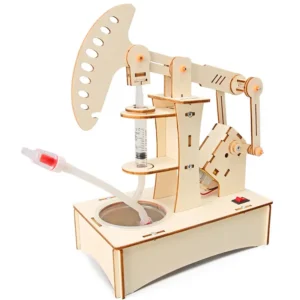
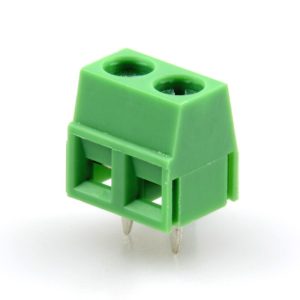
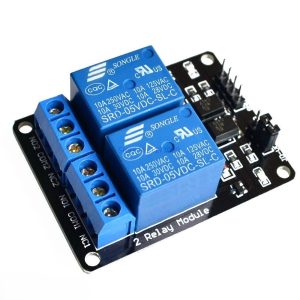
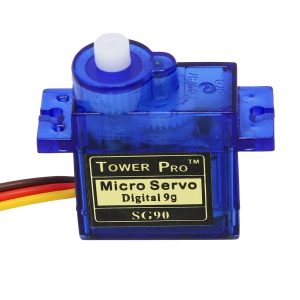
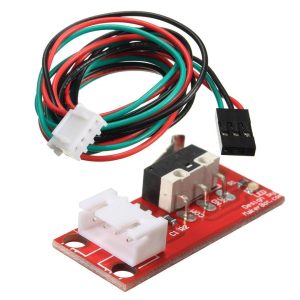

Reviews
There are no reviews yet